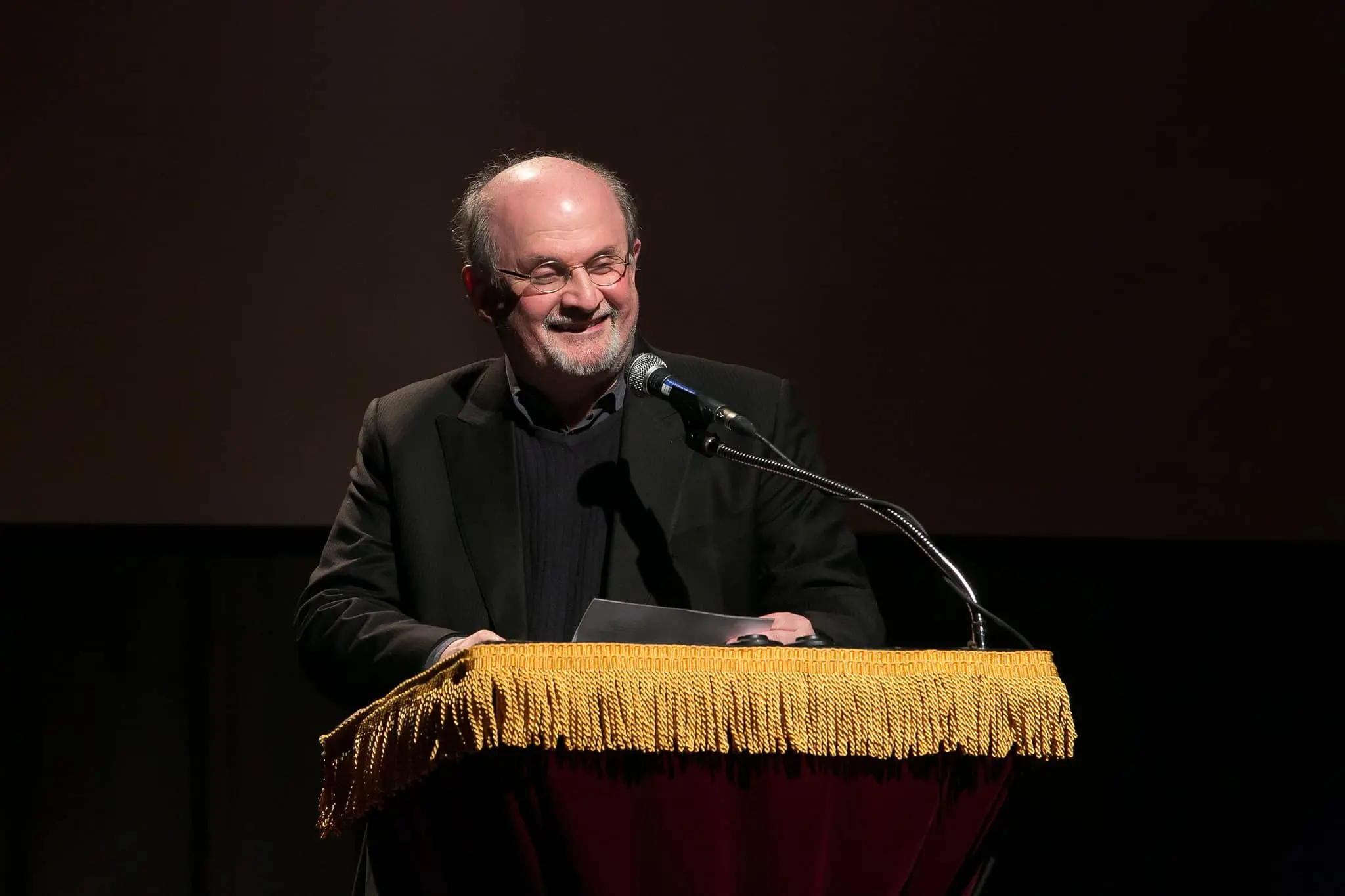*This roundtable is a part of PEN’s new and ongoing initiative, The PEN Equity Project
GO DIRECTLY TO THE ROUNDTABLE DISCUSSION
INTRODUCTION
I grew up in the far southern suburbs of Kansas City, Missouri, which, in the 1980s and early 1990s, were almost entirely inhabited by white, cis-het, Christianesque people like me; and almost everything I read then was also about white, cis-het, Christianesque kids like me. The Little House books loomed large on my shelves (indeed, as I’m a descendant of Midwestern farmers, they were the closest thing I had to books about my cultural heritage), and I adored Anne of Green Gables, The Baby-Sitters Club, classic English fiction, and girl-power fantasies. I do remember vividly the books that showed me non-white, non-Christian people—In the Year of the Boar and Jackie Robinson and Spring Moon by Bette Bao Lord; Farewell to Manzanar by Jeanne Wakatsuki Houston and James D. Houston; The Chosen by Chaim Potok; I Know Why the Caged Bird Sings by Maya Angelou—all of which I loved; but I remember them so well in part because they stood in such stark contrast with my other reading.
From all of this, I acquired what I now think of as the cheerful privilege of the white reader—the belief that all books existed purely for my enjoyment, with the easy pleasure of reading and judging them based on emotional reaction rather than representation. I had no drive to see a reflection of myself in fiction because I could see so many reflections of myself in fiction, and I thought much, much more about the various nuances of those reflections than I did about anyone else’s images. (The one exception to this lack of drive: When I was diagnosed with scoliosis in 1988, I desperately wanted a contemporary novel about a girl in a back brace to guide me through the experience. Deenie was too outdated to count.) At the same time, because all books might offer me some enjoyment, I felt open to every protagonist who could show me something new, and with that I had a constanr hunger to read more, to see more, to live lives beyong or bigger than my own.
And feeling that love reinforced for me the importance of books that pass it on to readers—the power of that hand extended through the page.
After I was hired as an editorial assistant at Arthur A. Levine Books/Scholastic in 2000, Arthur told me that one of our imprint’s most important tasks was to find and publish books by and about diverse people. I also started listening to discussions about the representations of, and underrepresentation of, diverse characters in children’s and YA books. That prioritization of diverse lives, and the education I received through those discussions, combined with my openness, hunger, and prior reading to shape my editorial list. My passion for girl-power fantasy pointed the way to Shadowshaper by Daniel José Older; my love of Spring Moon helped me connect with The Fire Horse Girl by Kay Honeyman; the desire to see more Native Americans in YA literature led in part to If I Ever Get Out of Here by Eric Gansworth. To talk solutions here, I would love to see more publishers make diversity a stated priority of their acquisitions as Arthur does, and to have all young editors receive some “Diversity 101” training to teach them about gaps, issues, and blind spots in manuscripts, the industry, and themselves.
Finally: Last year, I bought a manuscript called Braced, by Alyson Gerber, about a preteen girl undergoing bracing for scoliosis. It was precisely the book I had wanted when I was 11, which acknowledged the way my long-ago brace rubbed against my ribs, and how the other girls stared at it when I changed clothes in gym class, and how I worried no boy would want to slow-dance with me if he had to put his hand on my hard plastic hip. Reading those experiences gave my deep-down 11-year-old self a sense of not just being seen, but being loved—known, accepted, sympathized with, understood—by a book, 25 years later. And feeling that love reinforced for me the importance of books that pass it on to readers—the power of that hand extended through the page. We should make more books that offer such love to diverse readers.
